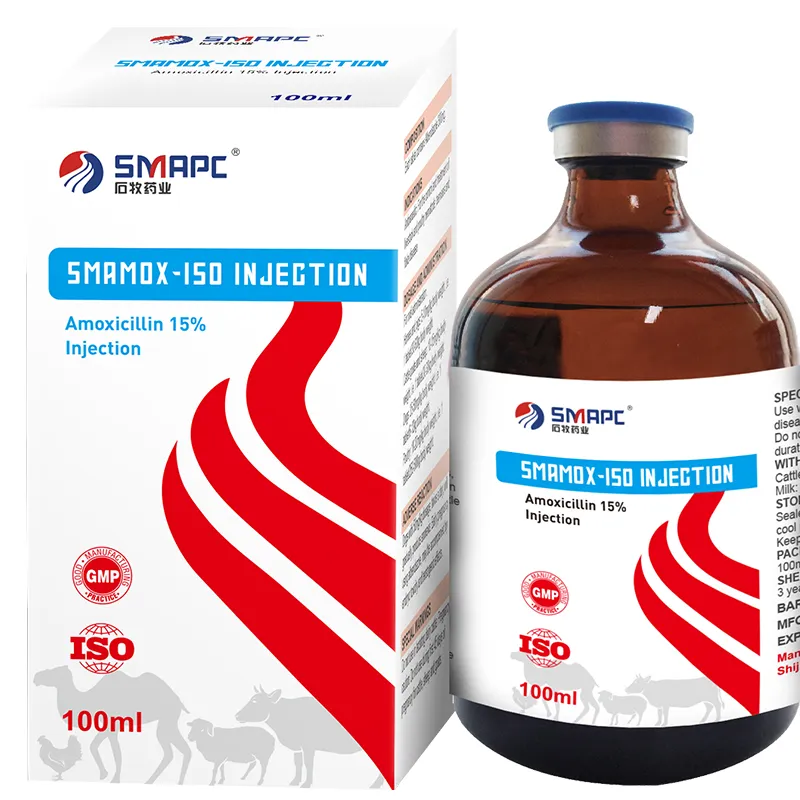For effective tick control, it is vital to develop a comprehensive tick management plan tailored to the specific needs of the herd and the local environment. This plan should include detailed protocols for the application of tick medicine, recommendations for timing and dosages, and protocols for monitoring treatment efficacy. Additionally, farmers should be educated about the importance of biosecurity measures, such as preventing the introduction of infested animals into clean herds, to further reduce the risk of tick infestations.





